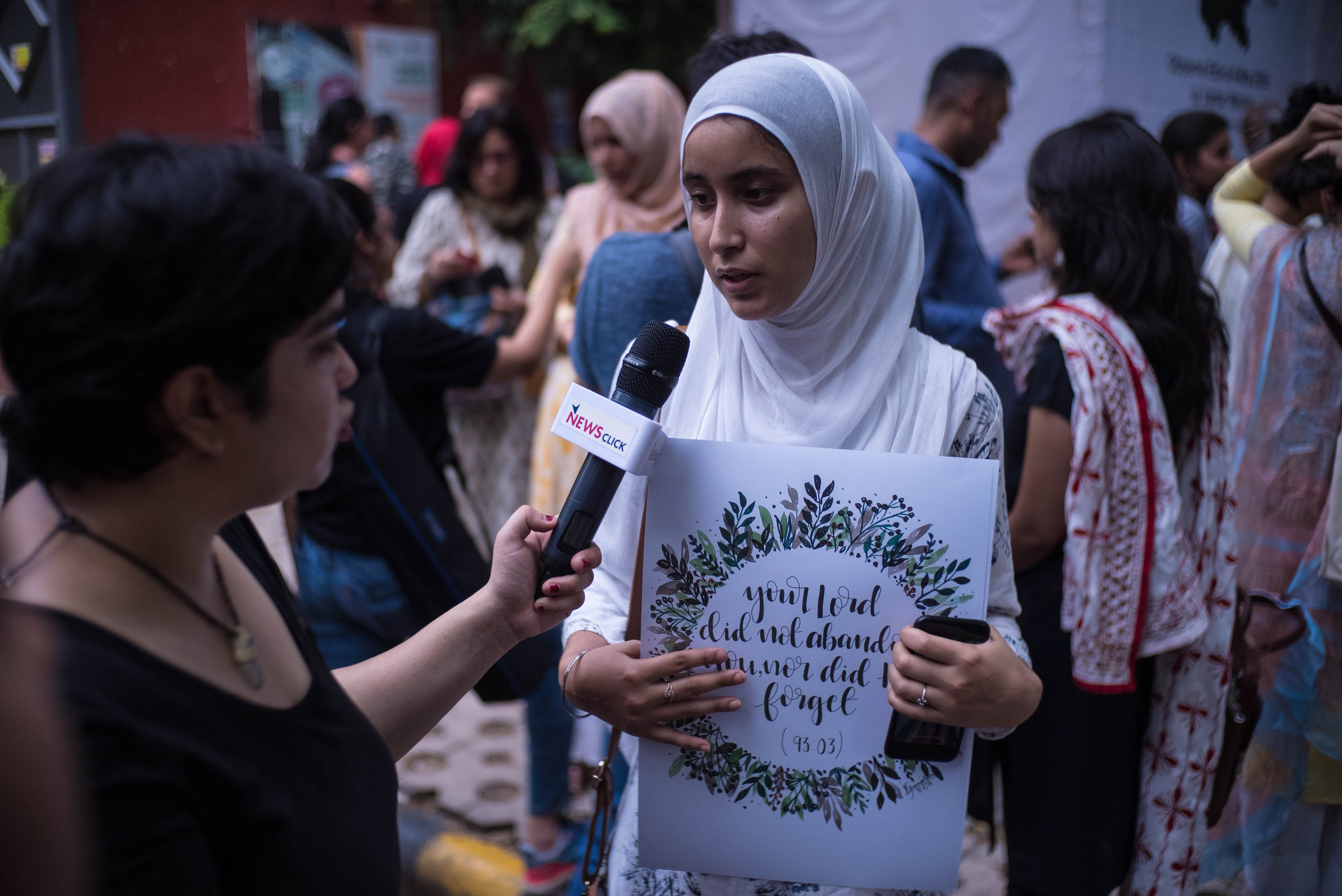#WITHKASHMIR
Augmented Reality, Digital Protest
Jammu and Kashmir has long been a disputed territory in the Asian subcontinent since the partition of India and Pakistan in 1947. Years of conflict have transformed it into the most militarized zone in the world. Article 370 of the Indian constitution gave special status to Jammu and Kashmir, conferring it with the power to have a separate constitution, a state flag, and autonomy over the internal administration of the state.
On August 5, 2019, the Government of India issued a Presidential Order abrogating Article 370. Critics of the move saw this as a distraction from the failings of the government - the lowest economic growth rate in decades, rising unemployment, and growing disillusionment in a post-demonetization India.
The merits of the abrogation of Article 370 may be up for debate, but what followed the landmark ruling was a heavy-handed suppression of the fundamental rights of the people of Kashmir. Opposition leaders were placed under house arrest, with 4G and internet services shut down across the valley. In essence, this was a communication blackout for the people of Kashmir, isolating them from the rest of the country.
On August 5, 2019, the Government of India issued a Presidential Order abrogating Article 370. Critics of the move saw this as a distraction from the failings of the government - the lowest economic growth rate in decades, rising unemployment, and growing disillusionment in a post-demonetization India.
The merits of the abrogation of Article 370 may be up for debate, but what followed the landmark ruling was a heavy-handed suppression of the fundamental rights of the people of Kashmir. Opposition leaders were placed under house arrest, with 4G and internet services shut down across the valley. In essence, this was a communication blackout for the people of Kashmir, isolating them from the rest of the country.





Protests were organized across the country against the abrogation of Article 370. More than the act itself, the violation of the right to free speech and representation of the people of Kashmir was an alarming development. It went against the rights guaranteed by the constitution of the largest democracy in the world. Having been to several protests in New Delhi, I felt the need to contribute to the movement in any way I could.
With Kashmir FIlter
An online movement was started under the hashtag #WithKashmir to aggregate voices against the communication blackout. The #WithKashmir filter was made in support of that movement, in solidarity with the people of Kashmir who were being silenced. As of January 2021, the filter had been used + viewed 150,000 times.
This filter is part of a series of Augmented Reality filters created to explore the use of social media as a tool for activism and amplifying on-ground protest movements digitally. Platforms like Facebook and Instagram have become the new town halls where people share ideas and opinions, offering new digital venues for activism and protest. By enabling users to publish directly on their profiles, the filters encourage people to take a stand on issues they care about and make their voices heard.
All filters are published and freely accessible on Facebook and Instagram. Despite having my own reservations towards armchair activism, which in itself is problematic, the reach of the platforms and their role in shaping public opinion are undeniable. The filters were an experiment to study this new emerging paradigm of human social behavior towards a positive cause.